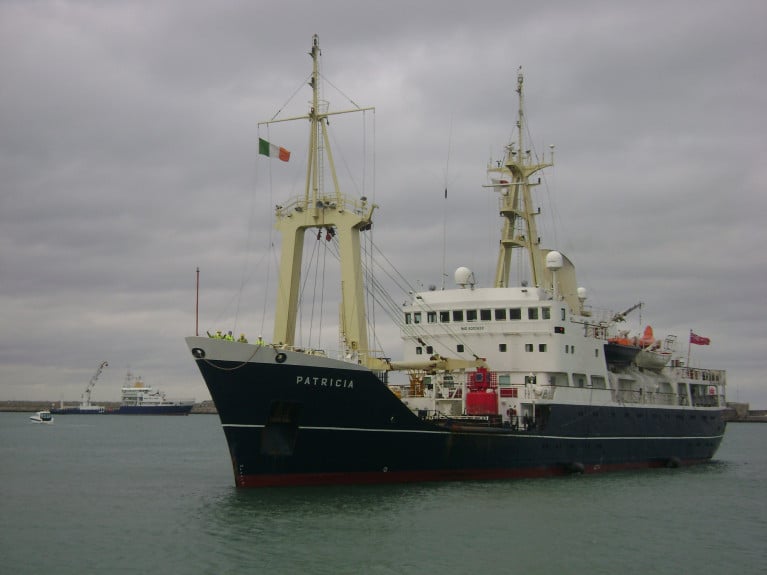Displaying items by tag: New Buoyvessel
General Lighthouse Authority Trinity House Makes Major Milestone With Ship Replacement Project Approved
The General Lighthouse Authority (GLA) for England, Wales and Channel Islands, Trinity House which has a project to commission the design and build of a vessel to replace THV Patricia has reached a major milestone following UK Ministerial approval to go forward to the tender phase.
Trinity House first announced the project on 9 September 2019, when the then-Maritime Minister Nusrat Ghani MP gave her support to the recommendation that the three GLA's of the UK and Ireland (along with the Northern Lighthouse Board and Irish Lights) needed a total of seven vessels to carry out their essential statutory functions.
This vessel will replace the multi-function THV Patricia, delivered in 1982 and reaching the end of its operational life. (Afloat adds the NLB, responsible for Scotland and the Isle of Man, is to replace one their buoy-laying vessels, NLV Pole Star)
Following the Minister’s approval (last month), Trinity House has issued an Invitation to Tender to reach out to the shipbuilding sector to identify a contractor that will deliver the design and build of a vessel that will support Trinity House at sea as it provides its aids to navigation services.
Secretary of State for Transport The Rt Hon Grant Shapps MP spoke of the importance of Trinity House’s milestone: “As an island nation with a rich maritime history, Britain is the best place in the world to build ships and this is a tremendous moment for the UK shipping sector.
“We are buying a new vessel for Trinity House which will be going out to tender shortly – this is a great opportunity for UK businesses to demonstrate their competitiveness in the sector. This will ensure our Trinity House has the modern and green vessel they need to continue to ensure the safety of all mariners.
“We’re also doing more than ever to power forward the UK maritime sector, supporting jobs and propelling a green recovery as we work with the sector to build a thriving industry for generations to come.”
Trinity House’s Deputy Master Captain Ian McNaught commented on this achievement and what comes next for the project: “I am delighted that we are one step closer to getting a new ship in the water, and so I want to thank not only the Minister but also the project team for the enormous efforts put in so far and of course the ships’ crews working at all hours on our marine operations.
“We will be looking closely at the tender submissions and we hope to see some great ideas that will make good use of technological and environmental innovations while also providing good value for money.”





























































